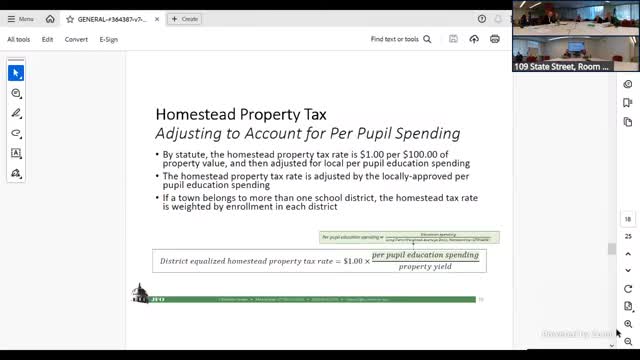
This article was created by AI using a video recording of the meeting. It summarizes the key points discussed, but for full details and context, please refer to the video of the full meeting. Link to Full Meeting
The conversation highlighted how local budgets, once approved, play a crucial role in determining per pupil spending. The adjustments made to the funding are directly influenced by these locally approved budgets. This means that while local districts have the autonomy to set their budgets, they also benefit from state support that is contingent on these approvals.
The implications of these discussions are vital for understanding how educational funding operates in Vermont. By ensuring a minimum spending level and linking state support to local budget decisions, the state aims to balance local control with adequate funding for education. This approach is designed to foster a more equitable educational environment across the state, ensuring that all students have access to necessary resources.
As Vermont continues to navigate its educational funding landscape, these discussions will likely shape future policies and budgetary decisions, impacting schools and students statewide.
Converted from Senate Education 2025-01-30 3:00pm meeting on January 31, 2025
Link to Full Meeting
Comments
View full meeting
This article is based on a recent meeting—watch the full video and explore the complete transcript for deeper insights into the discussion.
View full meeting

